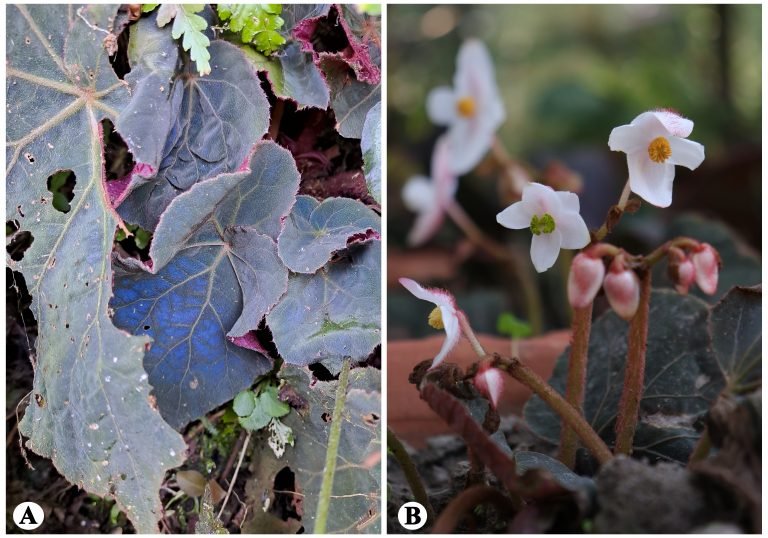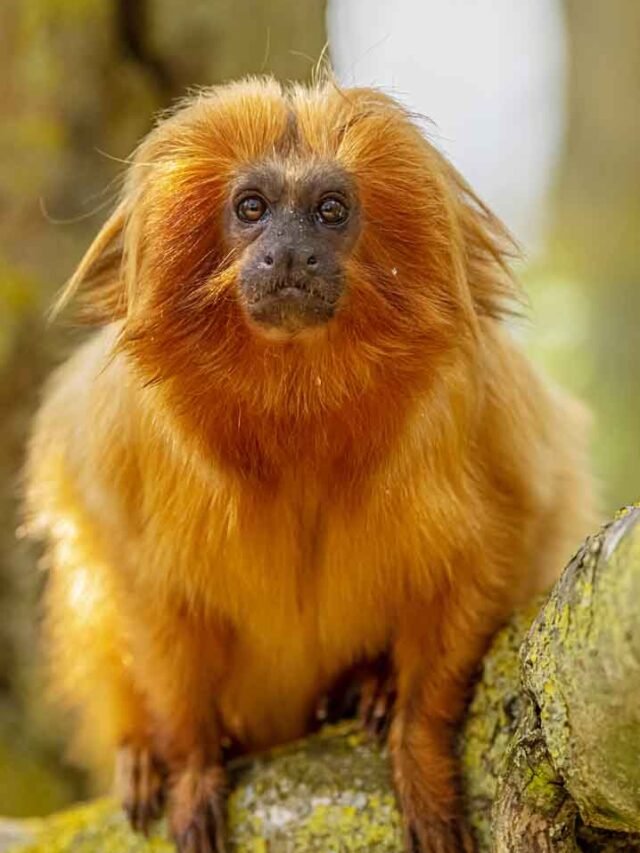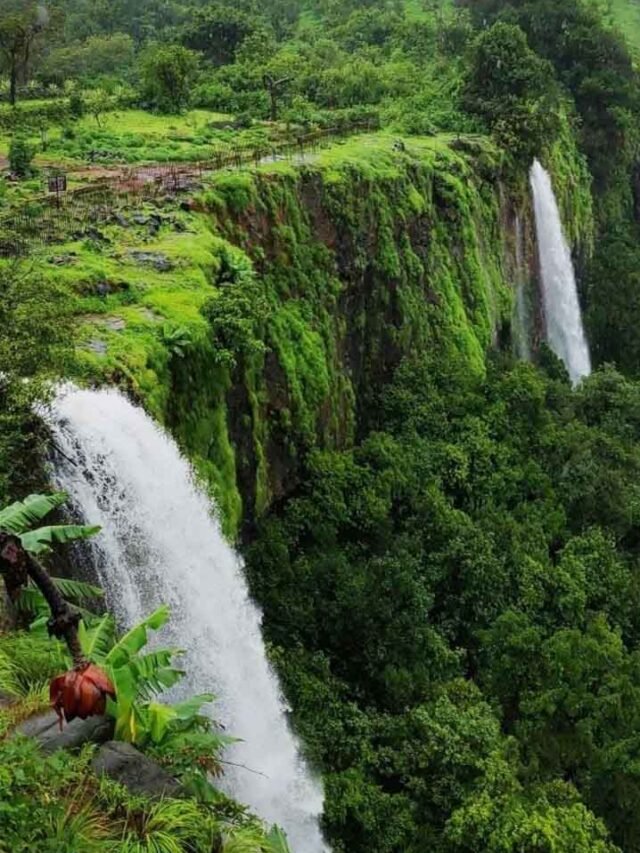HT Bureau
GUWAHATI, March 5: Researchers from the University of Science and Technology Meghalaya (USTM), in association with researchers from CSIR-Northeast Institute of Science and Technology, Jorhat, have recently identified and described a novel flowering plant named “Begonia naraharii B.Hajong, N.Bhat & P.Bharali”.This discovery took place in the Lohit district of Arunachal Pradesh.
Dr Nazir Ahmad Bhat, assistant professor at USTM, and Bipankar Hajong, PhD Scholar at CSIR-NEIST have spotted and collected some interesting individuals belonging to the genus Begonia of the family Begoniaceae. They were helped and guided by Dr. Pankaj Bharali, Senior scientist at CSIR-NEIST. The specimens were packed and brought to the laboratory for analysis. After critical evaluation of these specimens and comparing them with all the known species of Begonia in the world, its identity was confirmed as an undescribed and new species within the genus Begonia.
In this context, Dr Nazir Ahmad Bhat said “The species, named “naraharii,” pays tribute to Prof. Garikapati Narahari Sastry, Ex-Director of CSIR-Northeast Institute of Science and Technology (NEIST), Jorhat, in recognition of his significant contributions to establishing the Germplasm Conservation Centre for the Bioresources of Northeast India and his commitment to the well-being of the northeastern region”.
This discovery has been published in the current issue of Phytotaxa (World’s largest Journal in Botanical Taxonomy), the researchers provided detailed information about Begonia naraharii.Noteworthy is the species’ unique ability to display a striking blue iridescence in direct light. The researchers presented a comprehensive characterization, complete with colored photographs and a comparison with related species (B. lophura, B. iridescens, and B. rockii) to facilitate easy identification.
As of now, Begonia naraharii is known only from the Demwe locality in the Lohit district of Arunachal Pradesh. Due to limited information on its global population, the species is provisionally classified as Data Deficient (DD) following IUCN species assessment guidelines (IUCN, 2022). Given its restricted habitat and potential threats such as agricultural and urban expansion, habitat loss from fires, and timber extraction, the species requires conservation measures. Additionally, certain species of Begonia contribute to ecological balance by providing habitat and sustenance for various fauna.












